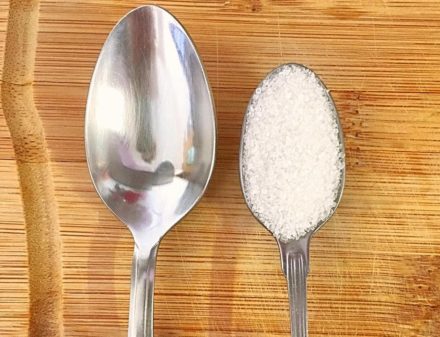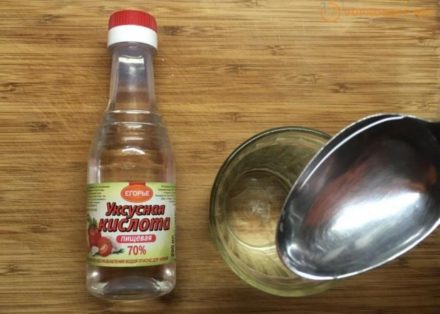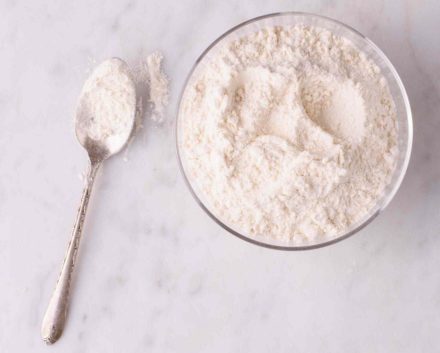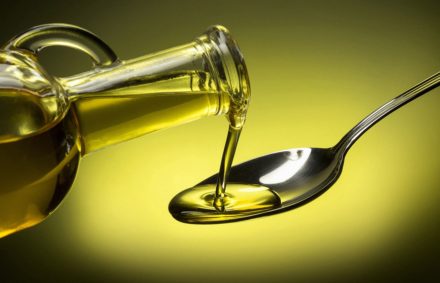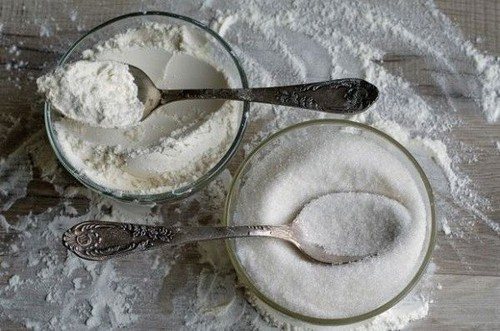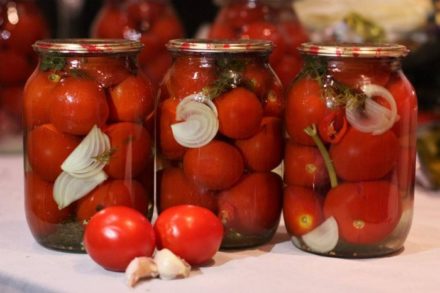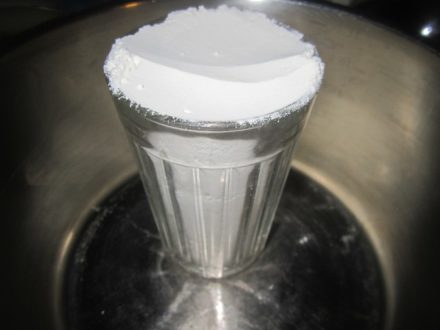You need to work with salt carefully - too much or too little amount can significantly spoil the finished result. This requires the use of measuring scales, which not everyone has. Therefore, people often measure the amount of salt using ordinary teaspoons and tablespoons. We will tell you how many grams of salt are in a tablespoon or teaspoon, and also, for your convenience, we will provide tables of quick measures of salt with spoons.
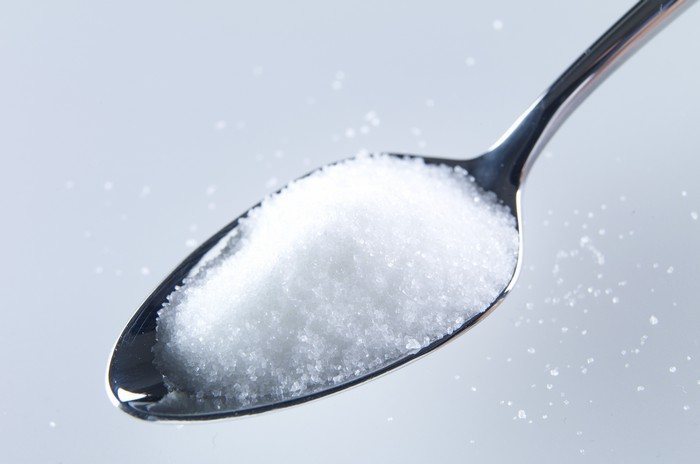
- How many grams of salt in a spoon
- Tablespoon
- Tea spoon
- Dessert spoon
- Pivot table
- Table of quick measures of salt in spoons by grams
- Table of quick measures of salt by number of spoons
- How many spoons of salt are in a glass
- How many spoons of salt are in a stack
- Difference in weight per spoon depending on the type of salt
How many grams of salt in a spoon
Exact knowledge of how many grams of salt are in a spoon will be useful in measuring the required amount.
Tablespoon
A standard dining spoon in Russia and the CIS countries is 7 cm long and 4 cm wide, which allows you to place up to 18 ml of liquid. It is worth noting that in other countries these sizes differ. So, in the USA, Canada and New Zealand its volume is 15 ml, and in Australia - 20 ml.
A 7x4 cm tablespoon can contain 25 grams of salt without a heap, and with a heap it will hold 30.
Tea spoon
Its volume is 5 ml and measures 46 mm in length and 32 mm in width. It can serve as a basic measure for measuring the right amount of salt.
One teaspoon contains 10 heaped grams of salt, without a heap - 7.
Dessert spoon
The dessert bowl has an oval rather than a round scoop. It is rarely used as a culinary measure, but nevertheless you should not forget about it. This device holds up to 10 ml of liquid, having dimensions of 6x4 cm.
One dessert spoon captures up to 14 grams of salt without a slide and 20 with it.
Pivot table
| Product | Quantity | Weight |
| Level tablespoon of salt | 1 spoon | 25 grams |
| Heaped tablespoon of salt | 1 spoon | 30 grams |
| Dessert spoon of salt without a slide | 1 spoon | 14 grams |
| Heaped dessert spoon of salt | 1 spoon | 20 grams |
| Level teaspoon of salt | 1 spoon | 7 grams |
| Heaped teaspoon of salt | 1 spoon | 10 grams |
The tables below will come in handy if you need to measure out with spoons the exact amount of salt to add. Or, on the contrary, find out how many grams of salt you need if the ingredients in the recipe are indicated in spoons.
Table of quick measures of salt in spoons by grams
| Weight | tablespoons | teaspoons |
| 5 grams | 1/5 | slightly less than 1 |
| 10 grams | a little less than 1/2 | 1 with slide |
| 15 grams | a little more than 1/2 | ~2 without slide |
| 20 grams | slightly less than 1 | 2 with slide |
| 25 grams | 1 without slide | 3 without slide+1/2 |
| 30 grams | 1 with slide | 3 with slide |
| 35 grams | 1 with slide+1/5 | 5 without slide |
| 40 grams | 1 heaped teaspoon + 1 heaped teaspoon | 4 with slide |
| 45 grams | a little less than 2 without a slide | ~6 without slide+1/2 |
| 50 grams | 2 without slide | 5 with a slide |
| 55 grams | 1 with slide+1 without slide | ~8 without slide |
| 60 grams | 2 with slide | 6 with slide |
| 65 grams | 2 with slide+1/5 | ~9 without slide |
| 70 grams | 2 heaped teaspoons + 1 heaped teaspoon | 10 without slide |
| 75 grams | 3 without slide | ~11 without slide |
| 80 grams | 2 without slide+1 with slide | 8 with slide |
| 90 grams | 3 with slide | 9 with a slide |
| 100g | 4 without slide | 10 with a slide |
| 150 grams | 5 with a slide | 15 with a slide |
| 200 grams | 8 without slide | 20 with a slide |
| 250 grams | 10 without slide | 25 with a slide |
| 300 grams | 10 with a slide | 30 with a slide |
| 400 grams | 16 without slide | 40 with a slide |
| 500 grams | 20 without slide | 50 with a slide |
| 1 kg | 40 without slide | 100 with slide |
Table of quick measures of salt by number of spoons
| Number of spoons | Grams in tablespoons | Grams in teaspoons |
| 1 | 25 without slide; 30 with a slide | 7 without slide; 10 with a slide |
| 2 | 50 without slide; 60 with a slide | 14 without slide; 20 with a slide |
| 3 | 75 without slide; 90 with a slide | 21 without slide; 30 with a slide |
| 4 | 100 without slide; 120 with slide | 28 without slide; 40 with a slide |
| 5 | 125 without slide; 150 with slide | 35 without slide; 50 with a slide |
| 6 | 150 without slide; 180 with slide | 42 without slide; 60 with a slide |
| 7 | 175 without slide; 210 with slide | 49 without slide; 70 with a slide |
| 8 | 200 without slide; 240 with slide | 56 without slide; 80 with a slide |
| 9 | 225 without slide; 270 with slide | 63 without slide; 90 with a slide |
| 10 | 250 without slide; 300 with slide | 70 without slide; 100 with slide |
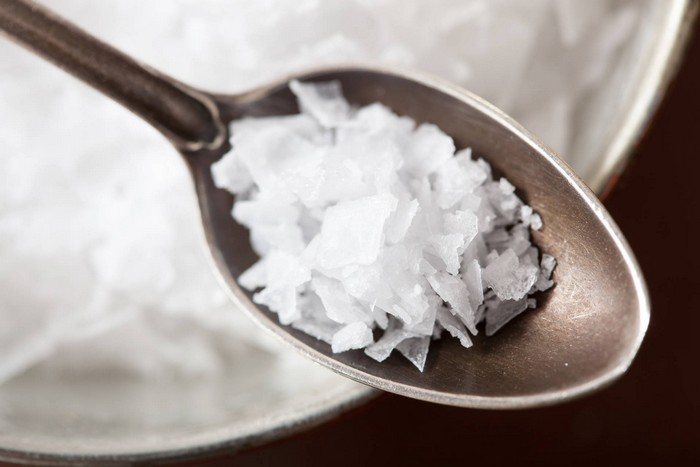
How many spoons of salt are in a glass
Previously, a faceted glass was considered one of the main measures of weight. Its standard volume was 200 ml, which holds 240 grams of coarse salt and 250 fine salt. In a 250 ml glass you can put up to 300 grams of coarse salt and 320 grams of fine salt.
Despite the fact that nowadays there are many different types of glasses, ranging from volume to shape, in recipes one glass always implies a volume of 200 or 250 ml. Before you start cooking, you should check with the author which glass he used.
If you don’t know what size your glass is and don’t have measuring scales at hand, you should use this cheat sheet:
- A full glass (200 ml) of coarse salt - 8 heaped tablespoons; fine salt - 10 level tablespoons.
- In a 250 gram glass - 10 heaped tablespoons of coarse-grained salt and about 13 heaped tablespoons of fine-grained salt.
How many spoons of salt are in a stack
A shot glass is a small glass or shot glass. It is used in recipes as one of the ancient Russian measures of volume. The metric system was introduced much later than the use of the term, so the assumption that a shot glass holds 100 grams is incorrect. Nowadays, most shot glasses are produced in volumes of 40, 50, 60 and 100 ml, sometimes you can find 25. All of the above are used as a measure of weight.
- One 100 ml shot glass contains 120 grams of coarse salt and 125 grams of fine salt.
- A 60 ml shot glass holds 75 grams of coarse and 79 grams of fine grain salt.
- In a 50-milliliter shot glass you can put 60 grams of coarse salt, and 63 grams of fine salt.
- A 40 ml shot glass will hold 50 grams of coarse salt and 52.5 grams of fine salt.
- The smallest offered stack of 25 ml contains 30 grams of coarse salt and 31 fine-grained salt.
Difference in weight per spoon depending on the type of salt
Salt is used daily on the farm. Different salts for different purposes. The most famous types are:
- Stone (halite). It is a completely natural mineral with many beneficial qualities and properties. Therefore, it has found application in all areas of industry and production, including food.
- Salt. Used to make soda, chlorine, hydrochloric acid, sodium hydroxide and sodium metal, as a de-icing agent since salt mixed with ice or snow causes them to melt.
- Iodized.Its use throughout the world is considered an effective and cost-effective means of preventing iodine deficiency in the population. By the way, more than 1.5 billion people have it.
- Marine. This type of salt has a wide range of essential minerals. Among them are sodium and potassium, calcium, magnesium, manganese, copper, bromine, selenium, iodine, chlorine, iron, zinc and silicon.
- Nitrite. Nitrite salt is regular salt, but with a little added nitrite. It is used in industrial production to provide a pleasant color to the product and extend the shelf life of the product. The additive is mainly used in the meat processing industry. It is used to prevent bacteria and infections from developing, and the meat fibers become softer and more tender.
Since the salt and its grind are different, the volumes that go into cutlery, glasses or shot glasses will also differ. As you can see above, the 2 main types of salt are coarse-grained and fine-grained. But few people know that there are 4 types of grinding: extra, premium, first and second grade. The first two can be classified as fine salt, the second two - as coarse salt. The weight difference is 0.05%.
Weight difference table:
| Spoon | Coarse salt, gram | Fine salt, gram |
| Tablespoon | 25 without slide, 30 with slide | 26 without slide, 31 with slide |
| Dessert spoon | 14 without slide, 20 with slide | 14.5 without slide, 21 with slide |
| Tea spoon | 7 without slide, 10 with slide | a little more than 7 without a slide, 10.5 with a slide |
It is worth noting that the finer the grind, the more nutrients are washed out of the product.
Not having a scale in the kitchen is not a problem. Tablespoons and teaspoons, which every person has, will help you add the right amount of salt.You can measure this product with high precision and not be afraid to put more or less than necessary.
It is worth remembering that it is recommended to consume up to 5 grams of salt per day. Consumption in large quantities has a detrimental effect on the human body. But if you add it in moderation, it will serve as an excellent flavor enhancer and make any dish aromatic and appetizing.


